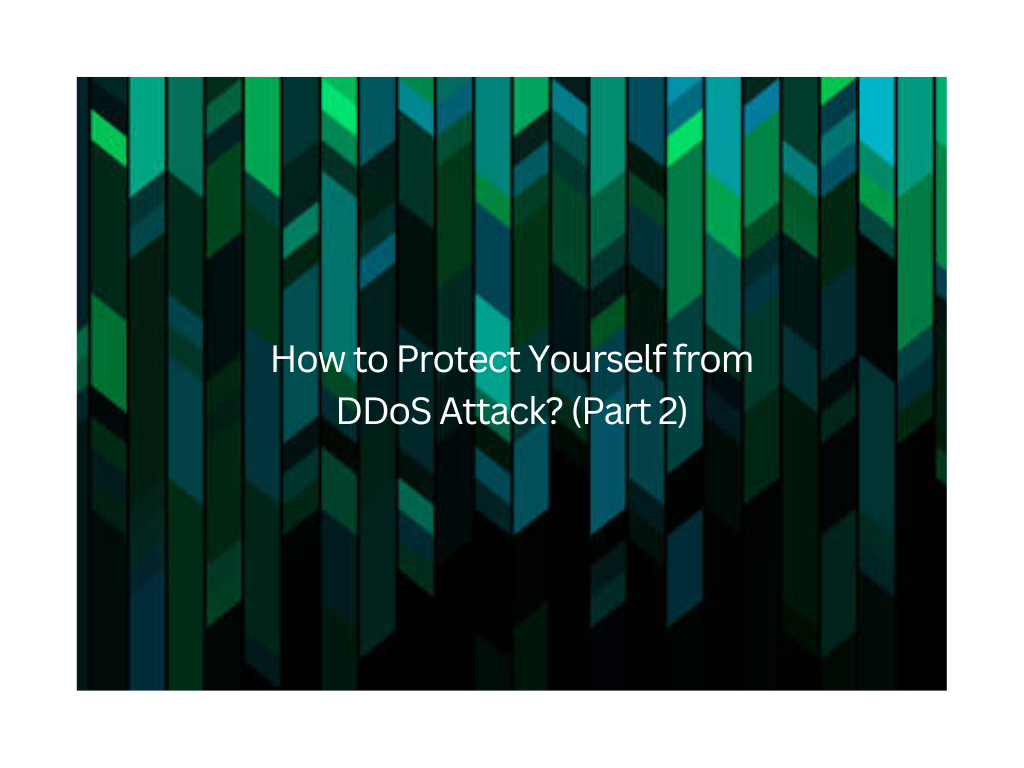This blog series is all about DDoS Protection. The first part of this series covered – – What the DDoS attack is; – What are its types, dangers, and consequences; – How does it work?
This post provides you with various options for DDoS protection. It also, helps you select the optimal solution. Have a look:
What is DDoS Protection?
The DDoS attack is a continuous threat to organizations and businesses. It has the potential to threaten service performance and shut down a website either temporarily or permanently. DDoS protection is a technique to protect a targeted network or server from a distributed denial-of-service (DDoS) attack.
How to Ensure Protection Against DDoS Attack?
Looking at the potentially devastating consequences and high-profile nature of DDoS attacks, it is quite essential to select the right DDoS Protection solution to fight back. As a whole, there are many DDoS protection solutions available in the market. Let’s have a look at each of them and identify which one is best, how and why?
DDoS Protection Solutions

Solution 1: Update your Server Regularly
Make sure to update your server software immediately after a new security update. Attackers are always in search of flaws to exploit. Don’t leave software outdated. It acts as an open door for attackers.
Solution 2: Go for Higher Bandwidth
Another easy solution. Why?
- Higher bandwidth is difficult to clog.
- Maximum bandwidth can bear unexpected and sudden traffic surges.
However, this is not a recommended solution. As it is a costly option and only gives you a little extra time to handle the situation instead of mitigating the DDoS attack.
Solution 3: Count on Virtual Private Network (VPN)
A VPN has the potential to hide an IP address behind a virtual wall. When you trust a VPN, you allow your Internet traffic to pass through ISP first instead of the open Internet. Another good catch, VPN provides:
- A sudo IP address;
- Ensures original IP protection against hackers
Solution 4: Trust Antivirus
Anti-virus software is the first-line defence when it comes to IP detection blockage. It ensures protection as well as prevention against DDoS attacks. Plus, it allows protection against Trojan viruses and turns into a member of a botnet. Make sure to have anti-virus protection.
Solution 5: Internet Service Provider(ISP)
ISP has more bandwidth than an enterprise. Users can use it to ensure protection against large volumetric attacks. But, this service has three critical problems. First, there is a lack of core competency.
Reason: ISPs are in bandwidth selling business instead of the required capital and resources investment to stay ahead of the trending DDoS threats.
Secondly, ISPs do not provide cloud protection. Thus cloud services like GoGrid, Amazon AWS, and Rackspace remain in danger. ISP DDoS mitigation is a single-provider solution. It only protects network links. You need to connect with a DDoS mitigation services provider for other links.
Solution 6: Hire a DDoS Mitigation Services Provider
One of the most recommended solutions. Even after trying all the above fixes, if still, you are unable to protect your IT infrastructure from DDoS attacks. It’s time to contact a leading DDoS Mitigation Services Provider.
DDoS Mitigation Services Provider such as Haltdos ensures the high availability of your website/web services 24 x 7 x 365. This patent-pending solution employs behavioural, heuristic & reputational-based anomaly detection techniques to deliver effective DDoS mitigation.
Trusted by the world’s leading organizations, Haltdos is a pioneer in this niche. Haltdos DDoS Protection solution ensures:
- Continuous traffic monitoring;
- Consistent traffic detection;
- Automatic mitigation of DDoS attacks within seconds along with high uptime
It requires minimal human intervention and provides the fastest response time. In short, it is a high throughput and high-performance approach.
Another biggest catch: it is available in three models: SWIFT (Up to 1Gbps), FRAGATA (Up to 5Gbps, and FALCON (Up to 10Gbps).
Which are not the Right DDoS Protection Practices and Why?
1. Existing Infrastructure Solutions
This includes – Intrusion Detection, Application Delivery Controllers, Protection Systems, Firewalls, IPS devices, and Load Balancers.
All these security products are vital elements of a layered-defence strategy. But, it only resolves security problems other than DDoS detection and mitigation.
For example, a firewall that acts as a policy enforcer, and IPS devices that block break-in attempts. Both of these will not address concerns related to DDoS attacks-” network availability.” Moreover, these are vulnerable to DDoS attacks and are themselves the target.
Other examples: Load balancers and application delivery controllers. These options neither have integrated threat intelligence nor have broader network traffic visibility. Plus, these are vulnerable to state-exhausting attacks.
2. Content Delivery Networks (CDN)
Indeed, Content Delivery Network addresses DDoS attack symptoms but by absorbing the large data volume. Additionally, CDN has three caveats. Firstly, there is a bandwidth constraint, so it won’t be able to absorb high-volume traffic exceeding 300 Gbps. Secondly, there are ways around the CDN which mean not every asset or webpage will utilize the CDN. Thirdly, CDN doesn’t ensure protection against application-based attacks.
Keep a tab on these top 6 ways to protect yourself from DDoS attacks and always be prepared for DDoS attacks.
Conclusion
DDoS attacks are increasing day by day. It is no longer a concern point for large corporates. Small and medium-sized organizations are also the prime target.
But, like the way the threat landscape is evolving, security technologies are also developing to defend against cyberattacks including DDoS attacks.
Ready to defend your website/web services and ensure business continuity? Contact our experts to find the best safeguard for your business.




